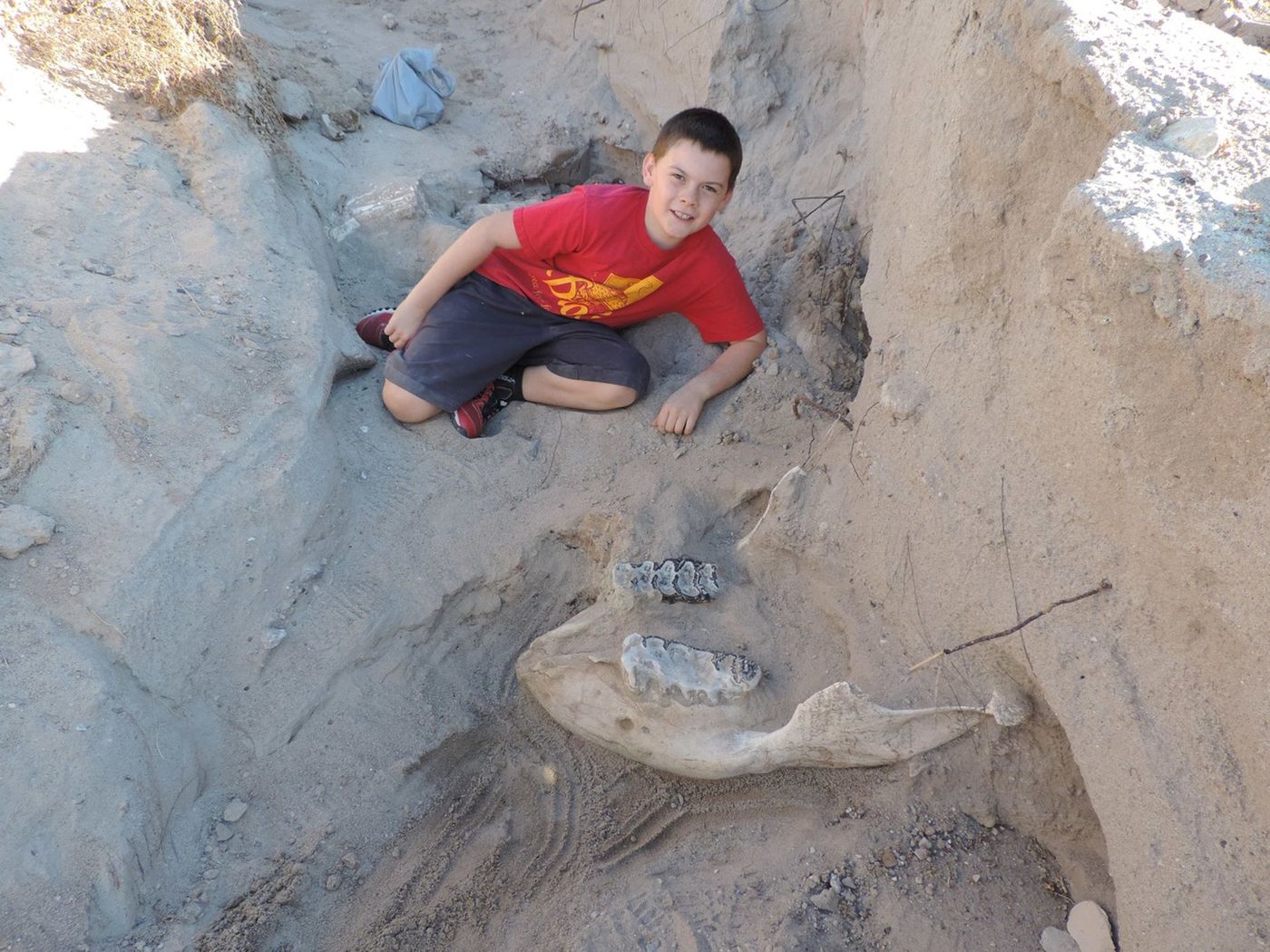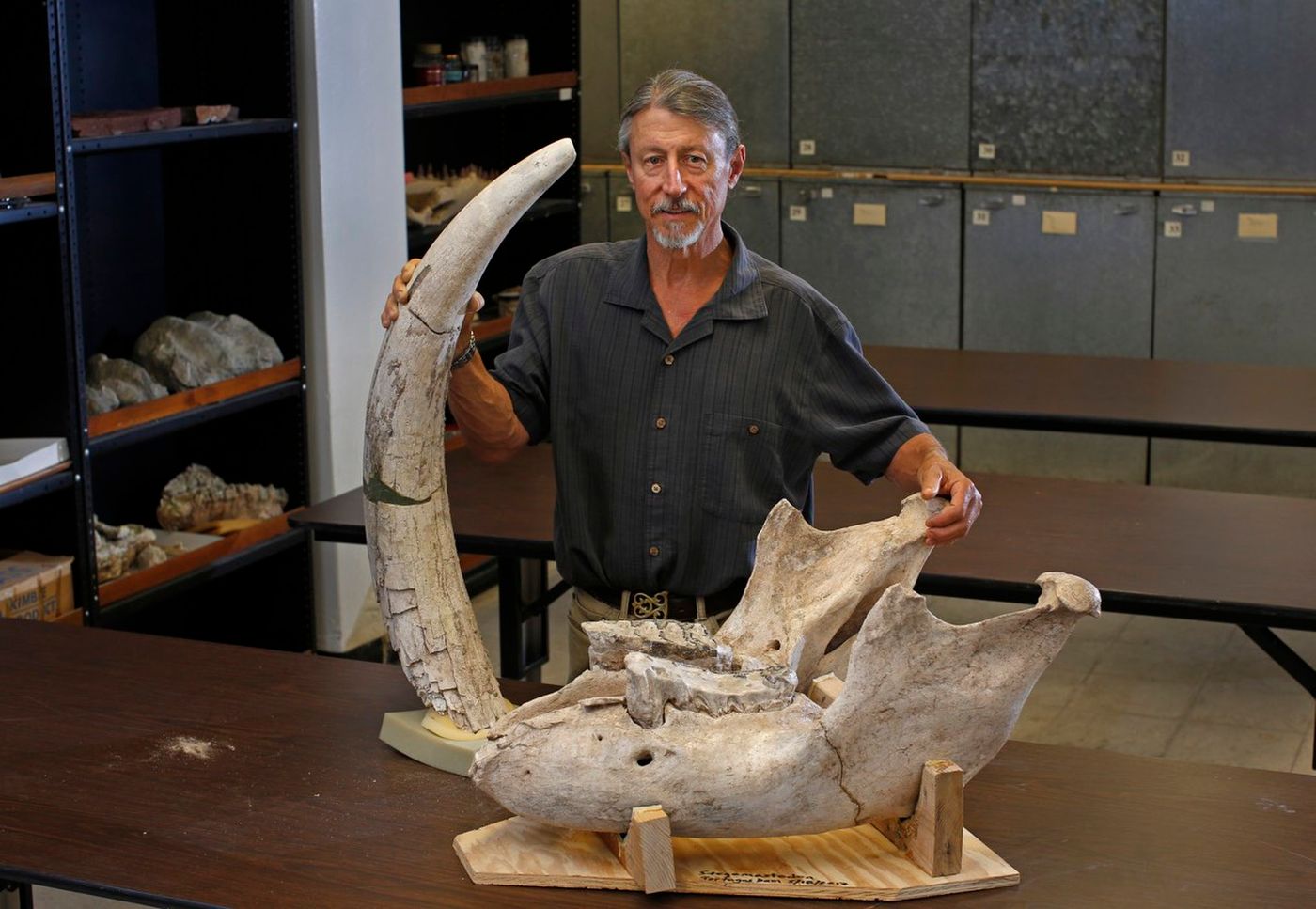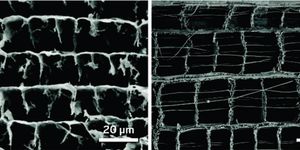Young Boy Trips Over Stegomastodon Skull While Hiking With His Family
A hike can be a great outdoorsy activity to help distract your mind from the everyday perils of life, but for one family in New Mexico, it meant opening a whole new can of worms.
The family, consisting of two parental units and three younger brothers, were exploring the terrain of the Organ Mountains when suddenly one of the brothers received a face-full of something he never expected to see.
After tripping face-first on something that protruded from the ground, 10-year-old Jude Sparks was gazing upon what appeared to be a skull fossil of a 1.2 million-year-old stegomastodon.
Image Credit: Peter Houde/New Mexico State University
Sparks reportedly tripped on the massive tusk from the skull, but because of its significance, the family didn’t try to dig it out themselves. Instead, they continued with their hike and later visited New Mexico State University to seek out an expert.
Their travels brought them to a local biology professor named Peter Houde, who immediately recognized what it was when he arrived at the scene.
“A stegomastodon would look to any of us like an elephant,” Houde explained in a statement. “For the several types of elephants that we have in the area, this is probably one of the more common of them. But they’re still very rare. This may be only the second complete skull found in New Mexico.”
Related: This might be the first-known fossil of a dinosaur brain
It took some time to get permission from the land owner to excavate the entire skull from the ground, but with a little patience, they were successful in doing so. To prevent the area from being torn up for more fossils, the land owner has opted to remain anonymous.
Once the skull was out of the ground, the excavation team transported it to the University of New Mexico’s Vertebrate Museum where it can be more carefully studied. According to Houde, the entire stegomastodon skull could weigh as much as a ton, but it’s very fragile, and many rarely survive the elements as they near the Earth’s surface.
“The upper part of the skull is deceiving. It’s mostly hollow and the surface of the skull is eggshell thin,” Houde said of the stegomastodon skull. “You can imagine an extremely large skull would be very heavy for the animal if it didn’t have air inside it to lighten it up just like our own sinuses. That makes the thing extremely fragile and the only thing holding it together is the sediment surrounding it.
Image Credit: Andres Leighton/New Mexico State University
“In fact when the sediments are removed from the sides of them, they start to fall apart immediately and literally fall into tiny, tiny bits. It has to be done carefully by somebody who knows how to go about doing it. It is a very deliberate process that takes a little bit of time.”
Related: Amber-encased fossil gives us a well-preserved look at dinosaur tail feathers
It was a great find indeed, but a rare one at that. There could be more stegomastodon fossils just below the Earth's surface everywhere throughout New Mexico, but Houde encourages anyone who stumbles upon a fossil to contact an expert rather than attempting to dig it out themselves.
Source: New Mexico State University










